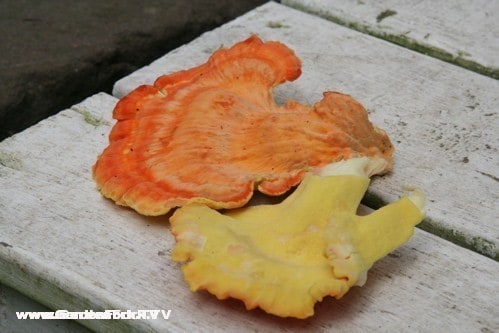Nettles, aka Stinging Nettles are a wild food that is edible. Here is video about how to cook nettles for a pesto recipe we made. Foraging for nettles is easy, they grow like the weeds they are considered, and are easy to harvest. Nettles have hairs along the stem that will sting you if you grab the plant, so wear gloves. The key to eating nettles is to blanch the leaves and stems in boiling water for 5 minutes, then drain. Nettles taste like spinach, and have been used to treat numerous ailments.
For some reason I associate Nettles with medieval times, not sure why, it just seems like the people of that age would use Stinging Nettles to treat ailments in addition to harvesting nettles to eat.
The nettles that grow in our area are perennial, and have squarish stems, like mint does. It grows up to about 3 feet high in summer, and spreads by rhizomes. Stinging Nettles are native to North America, but I don’t think harvesting them for personal use will put a dent in the number of them in our world. To harvest nettles you can cut the stem or pull out whole plants with the roots. You can transplant young nettle plants into your edible medicinal plant garden if you like. The plants will spread, so you might want to keep the roots contained.
Here is picture of edible stinging nettles:














